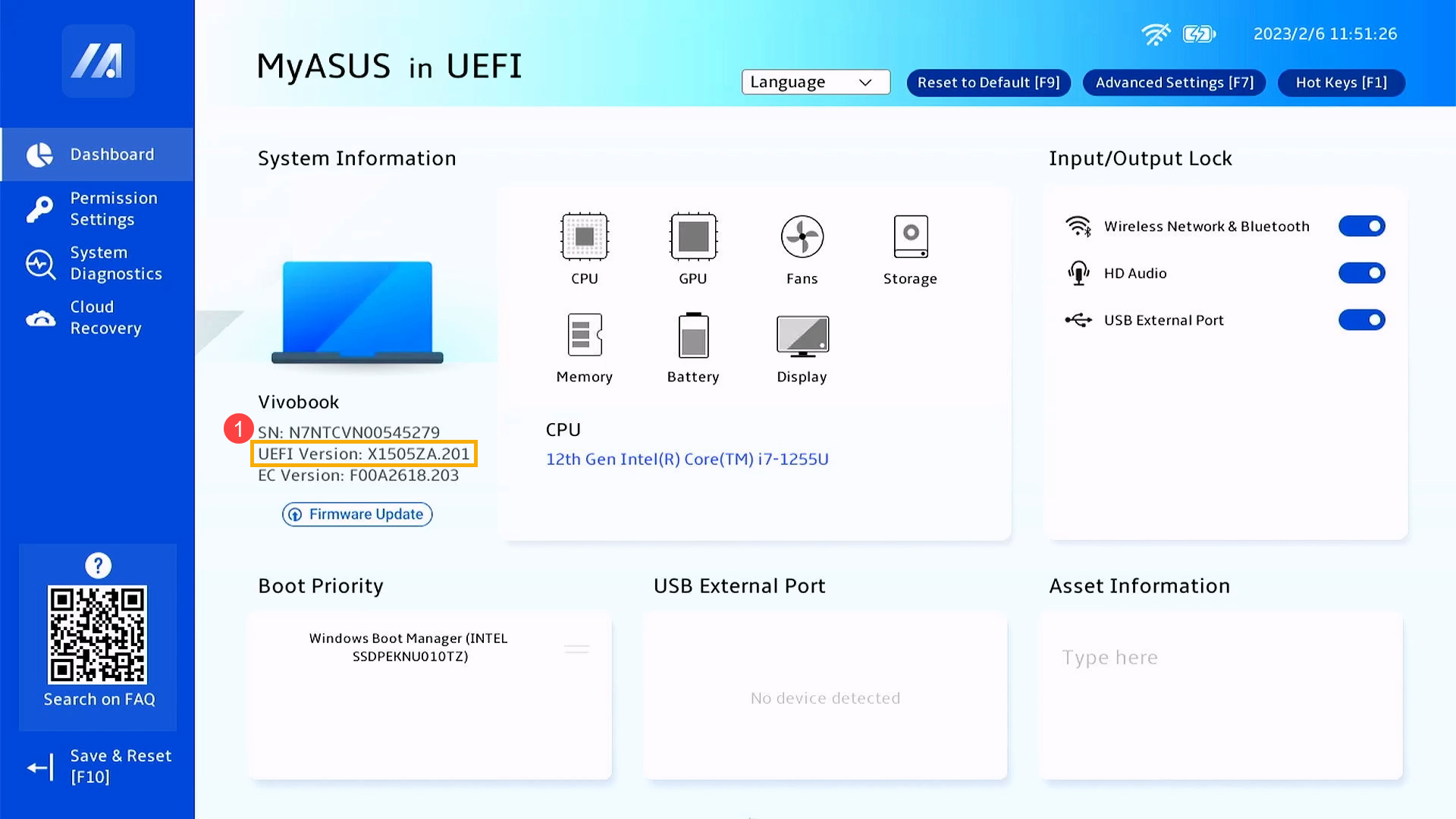- English
- Other Products
- FAQ
- [Windows 11/10] How to check the model name and BI...
- Subscribe to RSS Feed
- Mark as New
- Mark as Read
- Bookmark
- Subscribe
- Printer Friendly Page
- Report Inappropriate Content
- Article History
- Subscribe to RSS Feed
- Mark as New
- Mark as Read
- Bookmark
- Subscribe
- Printer Friendly Page
- Report Inappropriate Content
on
01-29-2024
04:44 PM
- edited on
10-07-2025
04:44 AM
by
![]() ZenBot
ZenBot
[Windows 11/10] How to check the model name and BIOS version
Applicable Products: Notebook, Desktop, All-in-One PC, Gaming Handheld, MiniPC
When you need to download drivers or BIOS from the ASUS support website, you first need to know the complete model name.
For example, when searching for X412FJ/FJC/FJG, you need to select the complete model name as shown in the figure below.
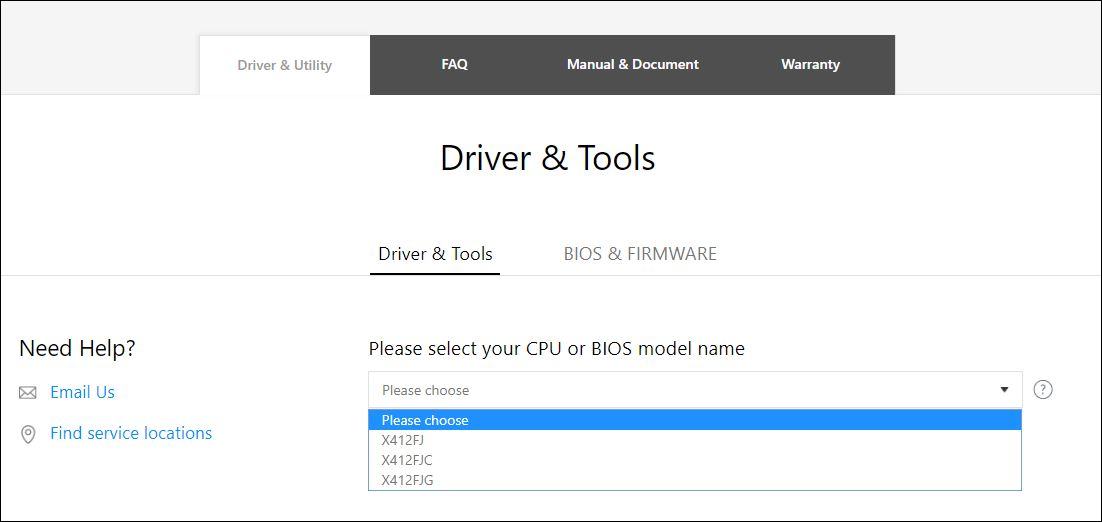
To provide you more detailed instruction, you can also click ASUS YouTube video link below to know more about How to Check Model and BIOS Version.
https://www.youtube.com/watch?v=RoIMKQfBrhE
Here are several methods to inquire about the complete device model and BIOS version. You may choose one of the following:
Method 1: Query through MyASUS
- Type and search [MyASUS] in the Windows search bar①, and then click [Open]②. (The left-side search illustration below is in Windows 11, and the right-side is Windows 10.)
Note: If you cannot find MyASUS, it may not be installed on your device. Refer to How to install MyASUS.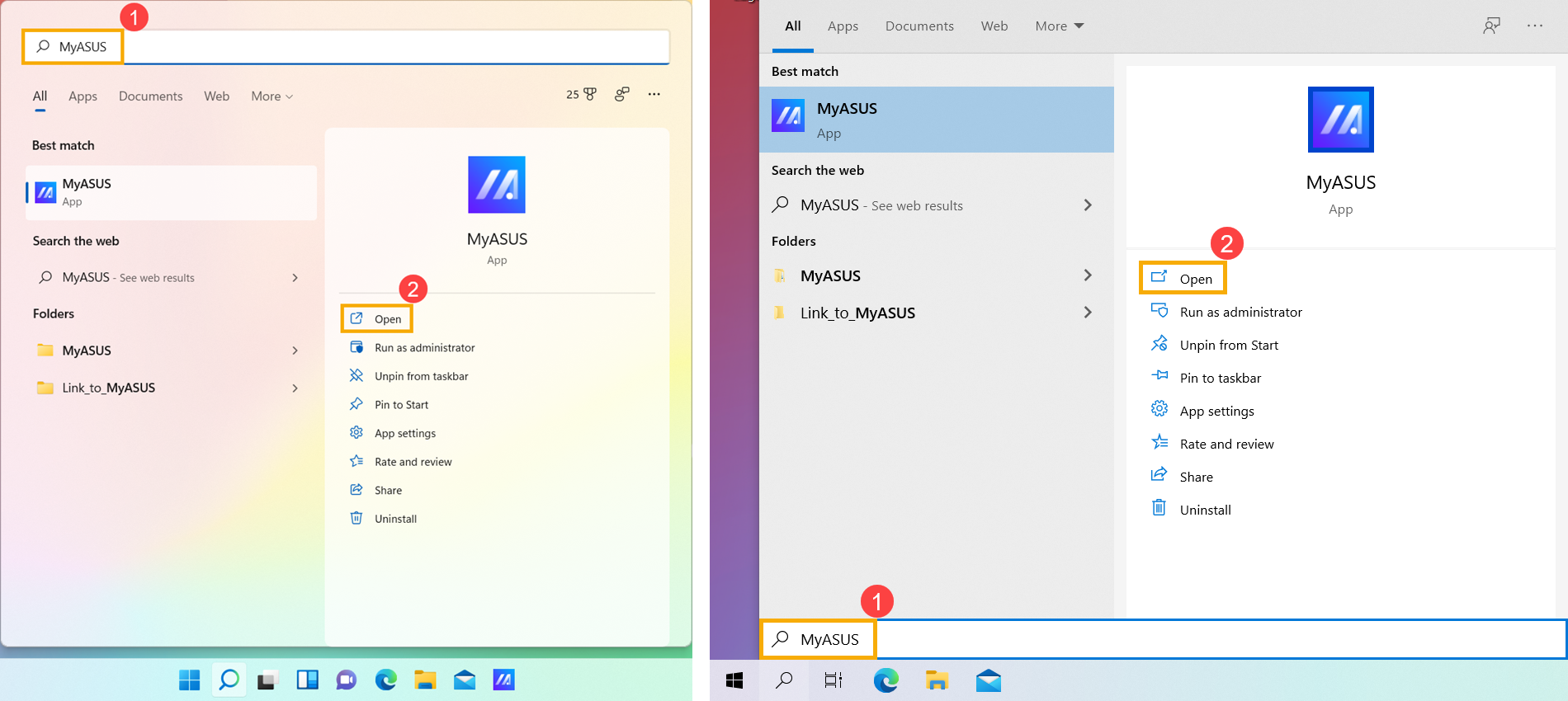
- In the MyASUS app, [System info]③.
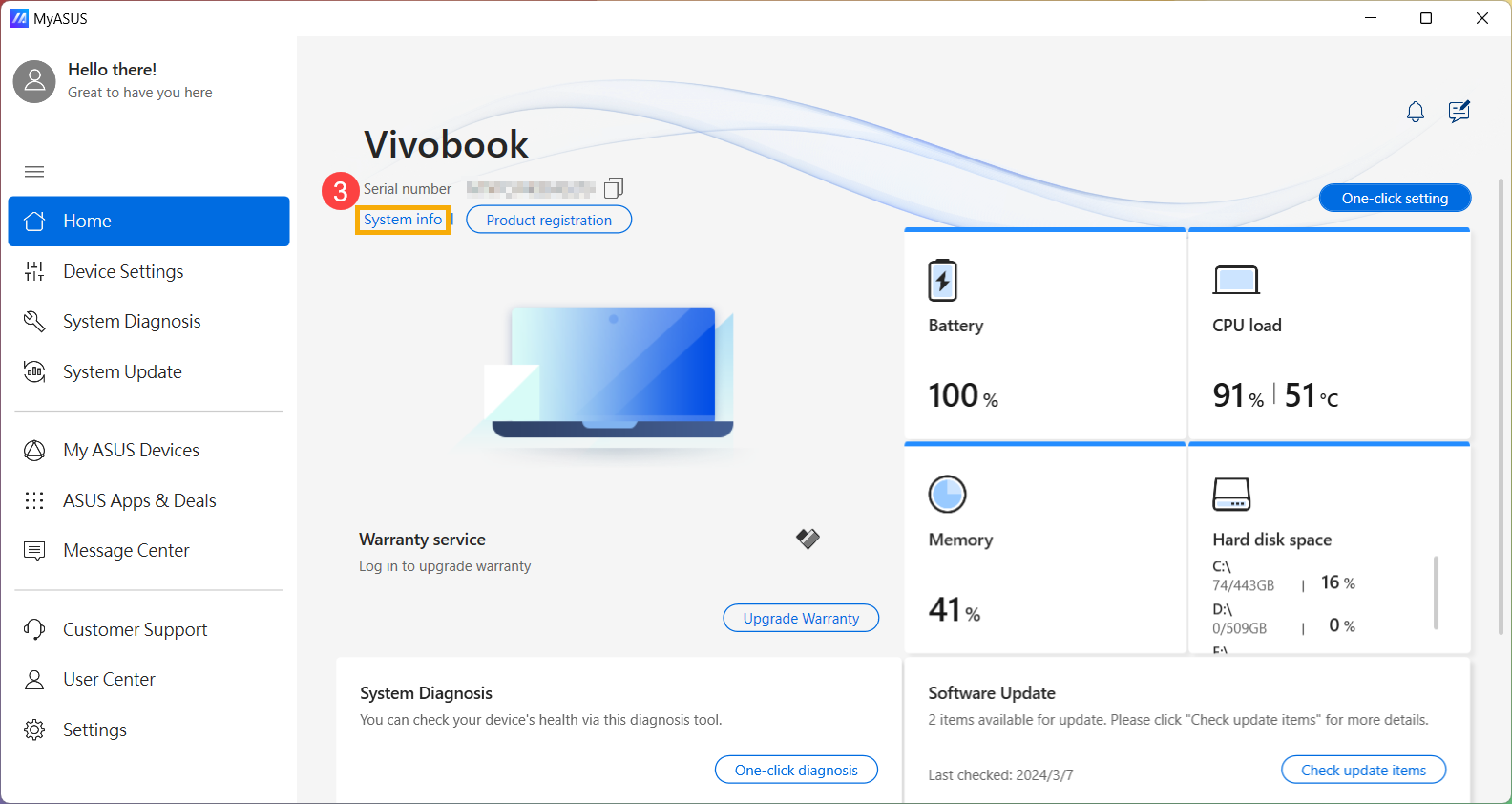
- In the Firmware section, you can locate your device model and BIOS version④.
As shown in the example below (version X1505ZA.310), this indicates that the model is X1505ZA and the BIOS version is 310.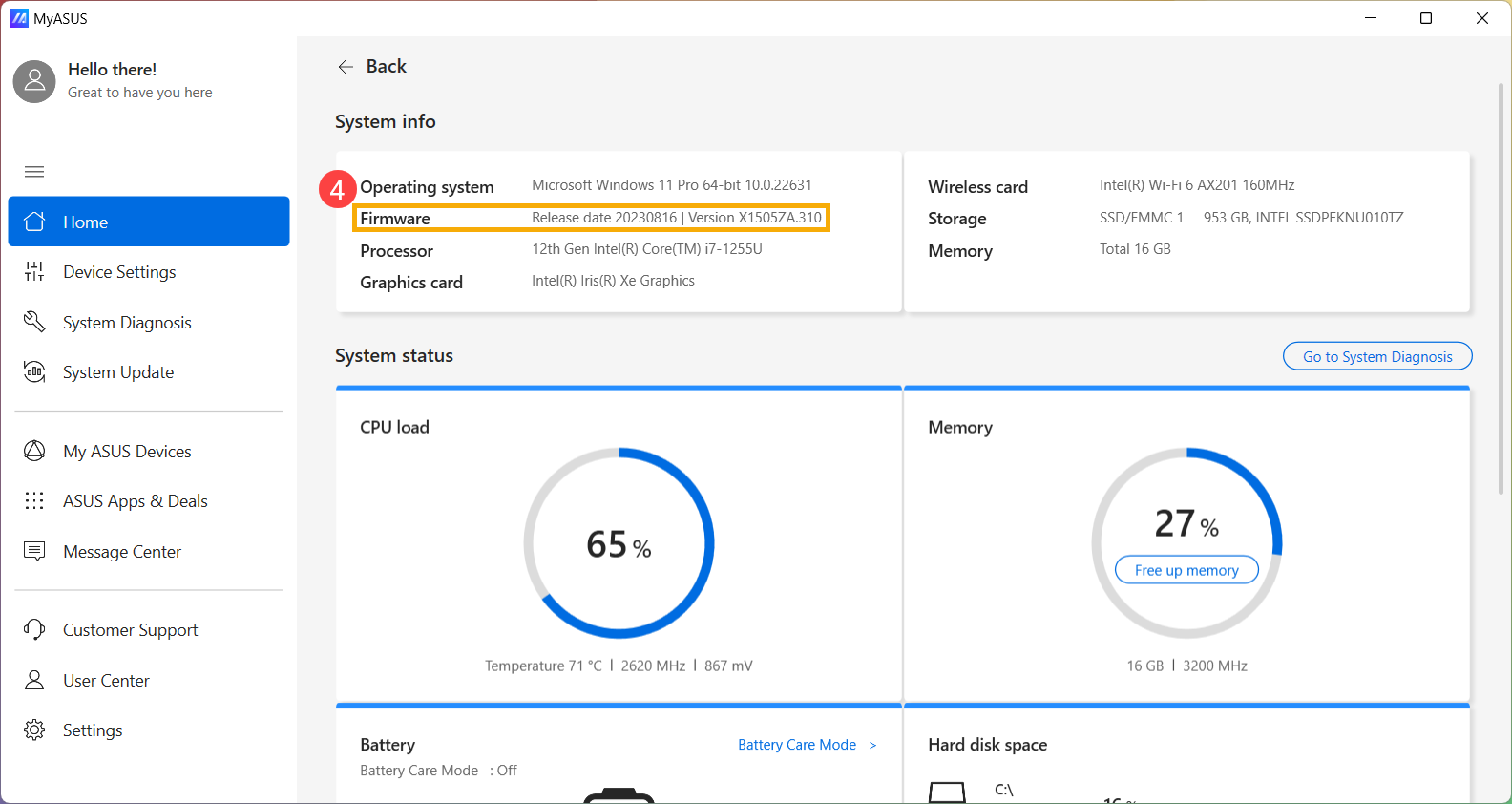
Method 2: Query via Dxdiag
- Type and search [Dxdiag] in the Windows search bar①, and then click [Open]②. (The left-side search illustration below is in Windows 11, and the right-side is Windows 10.)
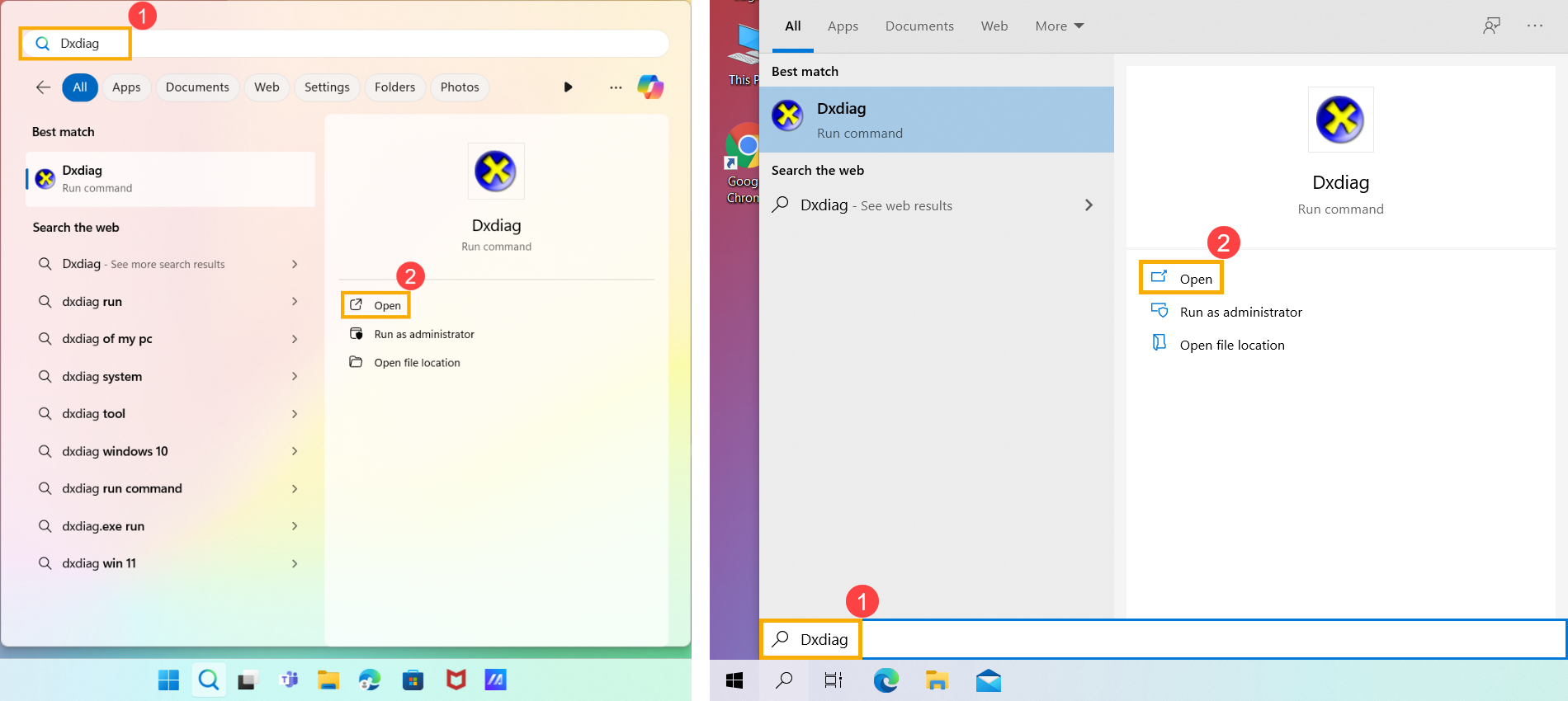
- If you receive the notification below, please select [Yes] to continue the next③.
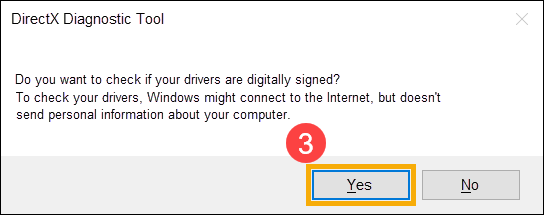
- In the System Model l field, you can locate your device model; and in the BIOS field, find your device's BIOS version④.
As shown in the example below, the model is X513EA, and the BIOS version is 202.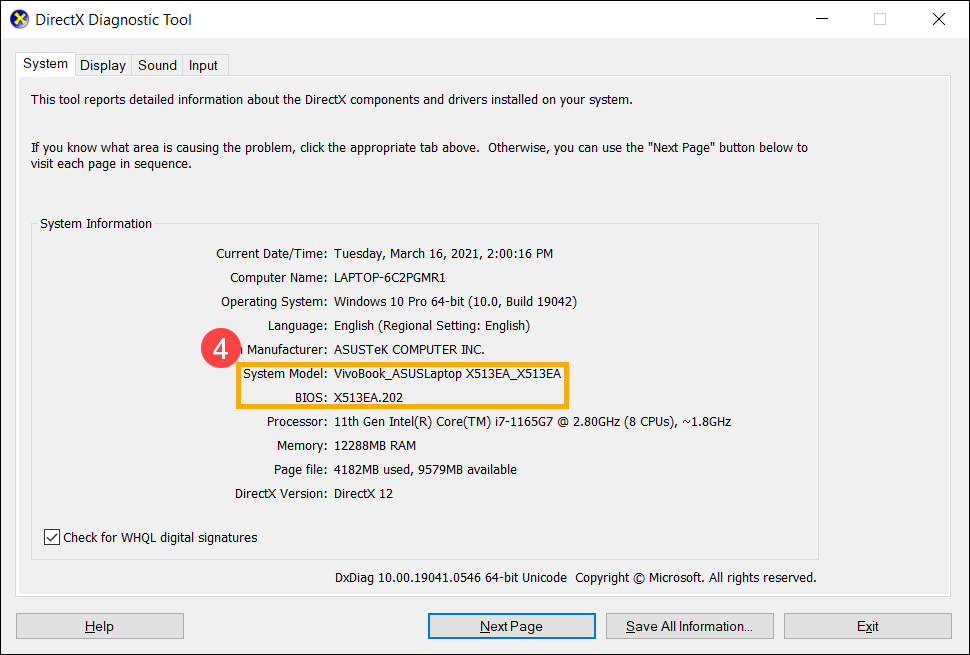
Method 3: Query through System Information
- Type and search [System Information] in the Windows search bar①, and then click [Open]②. (The left-side search illustration below is in Windows 11, and the right-side is Windows 10.)
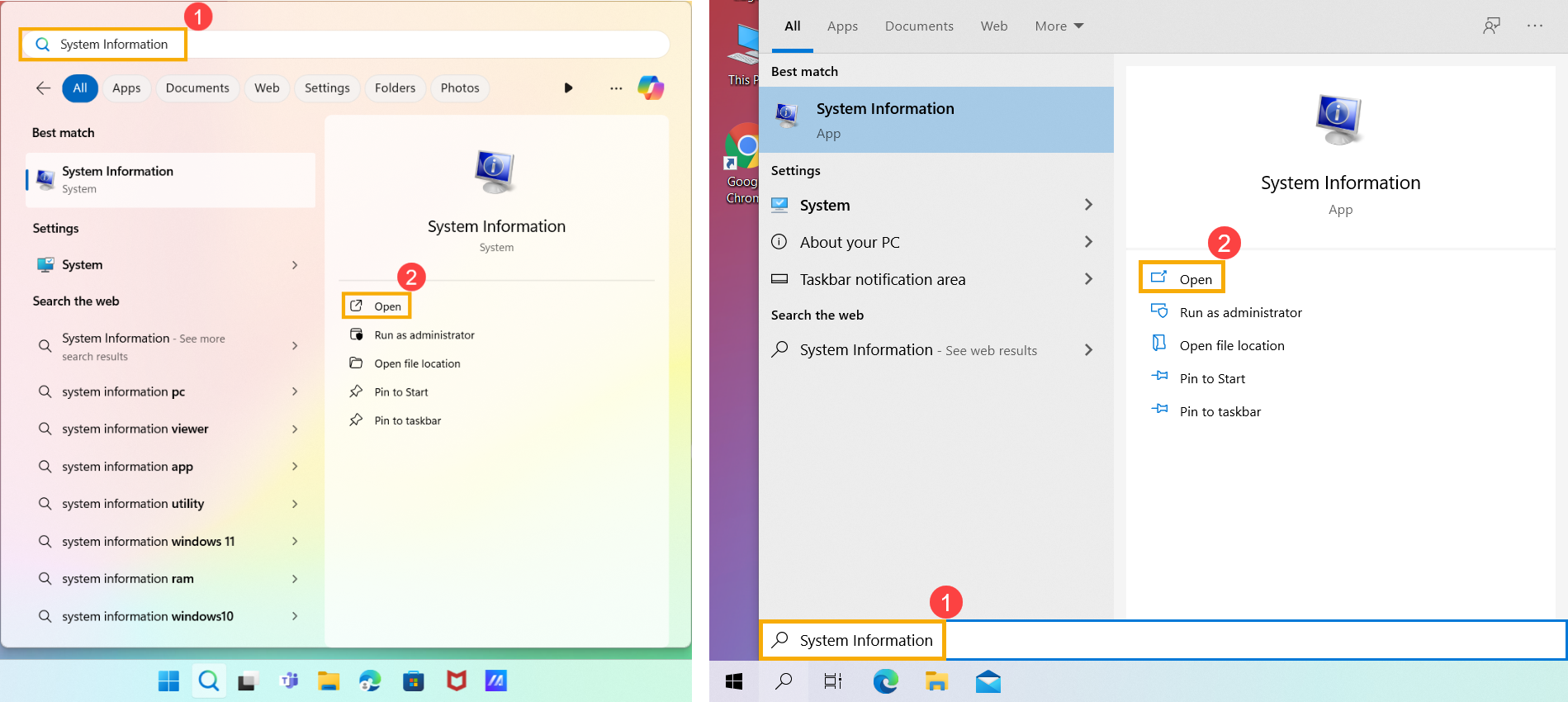
- In the System Model field, you can locate your device model③; and in the BIOS Version/Date field, find your device's BIOS version④.
As shown in the example below, the model is X513EA, and the BIOS version is 202.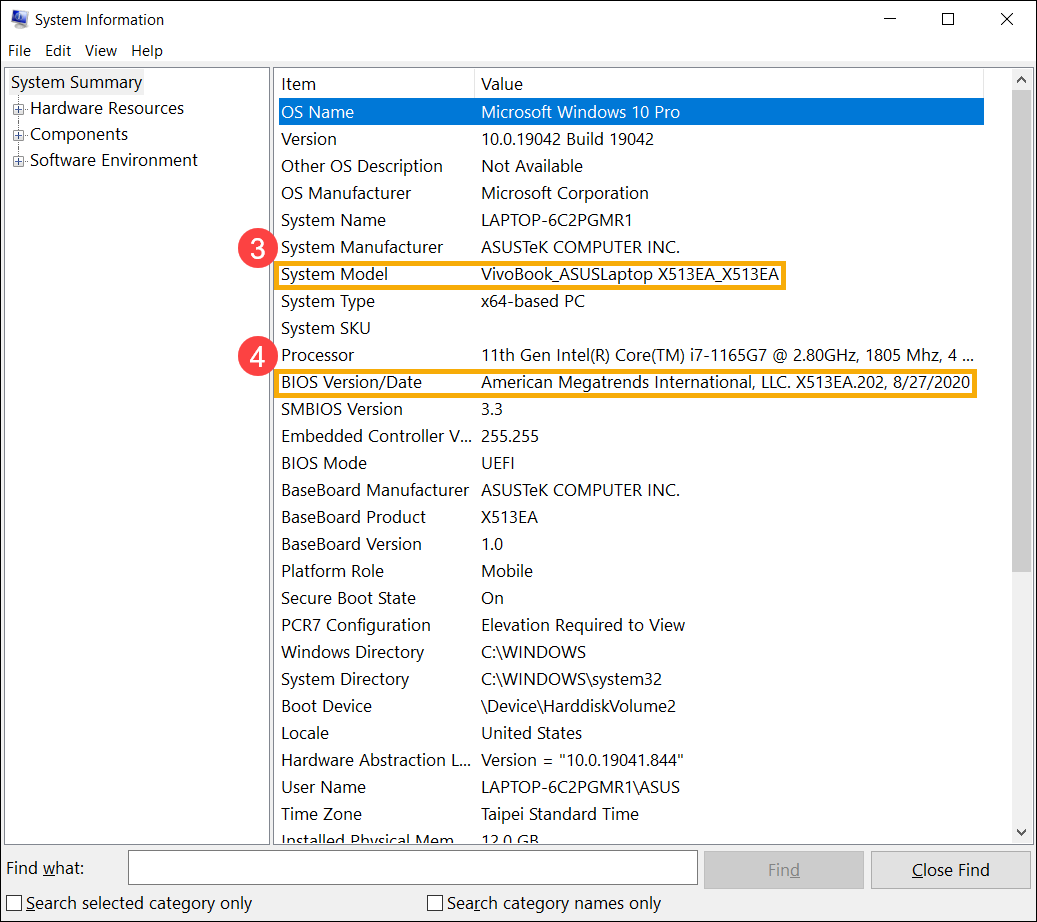
Method 4: Query via BIOS settings screen
- Access the BIOS setup screen on the device.
When the device is not powered on, press and hold the [F2] key on the keyboard, then press the power button to turn on the device. Keep holding the [F2] key until the BIOS setup screen appears, then release the [F2] key. Learn more about How to enter the BIOS setup screen.
Note: Gaming handhelds need to press and hold the volume (-) key, then press the power button to turn on the device. - Upon entering the BIOS setup screen, you will encounter three types of interfaces: UEFI interface, legacy interface, and MyASUS in UEFI. Please refer to the following steps based on the BIOS screen of your device:
How to Query the Device Model and BIOS Version in the UEFI Interface
In the UEFI interface, you can navigate and confirm using the Arrow Keys and Enter key on the keyboard, Touchpad, or Mouse.
- After entering the BIOS Utility, go to the Advanced Mode by pressing Hotkey[F7] or use cursor to click①.
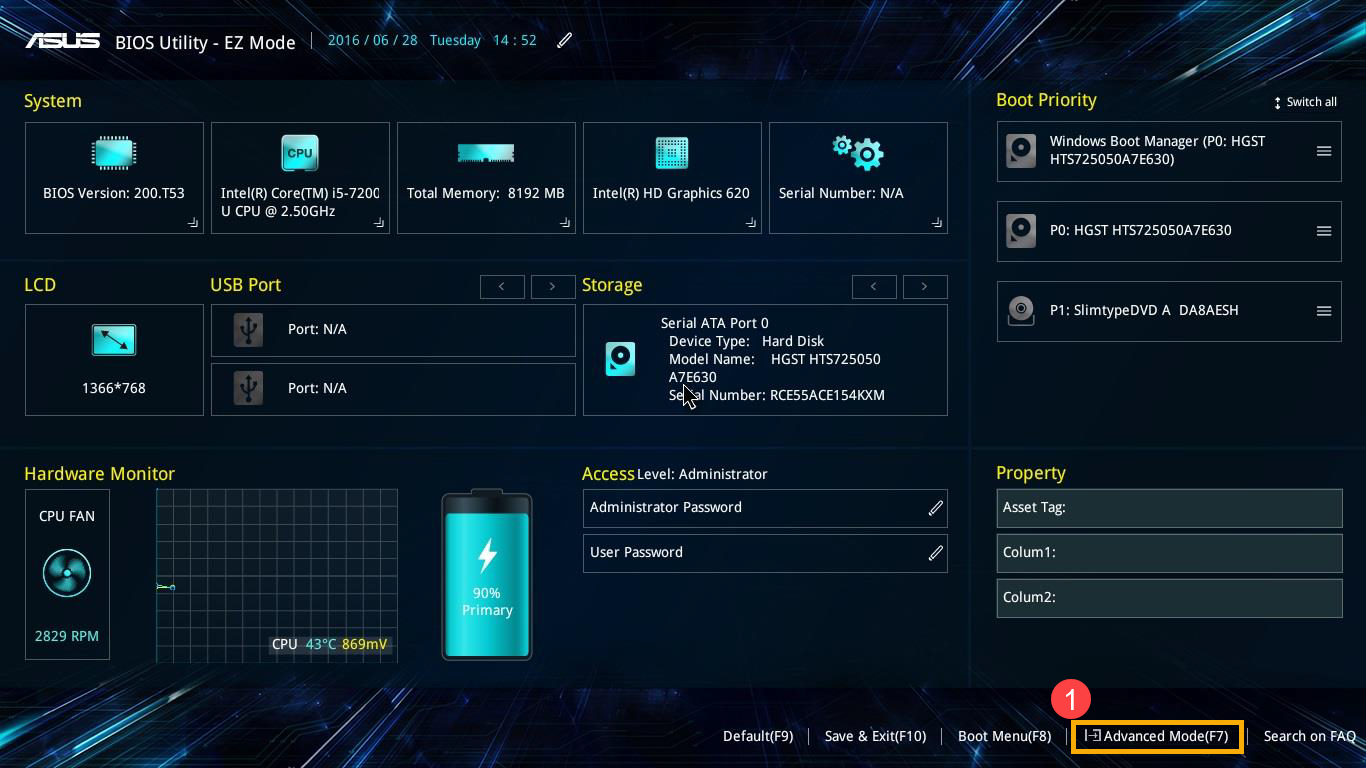
- After entering the Advanced Mode, select [Advanced] screen②.
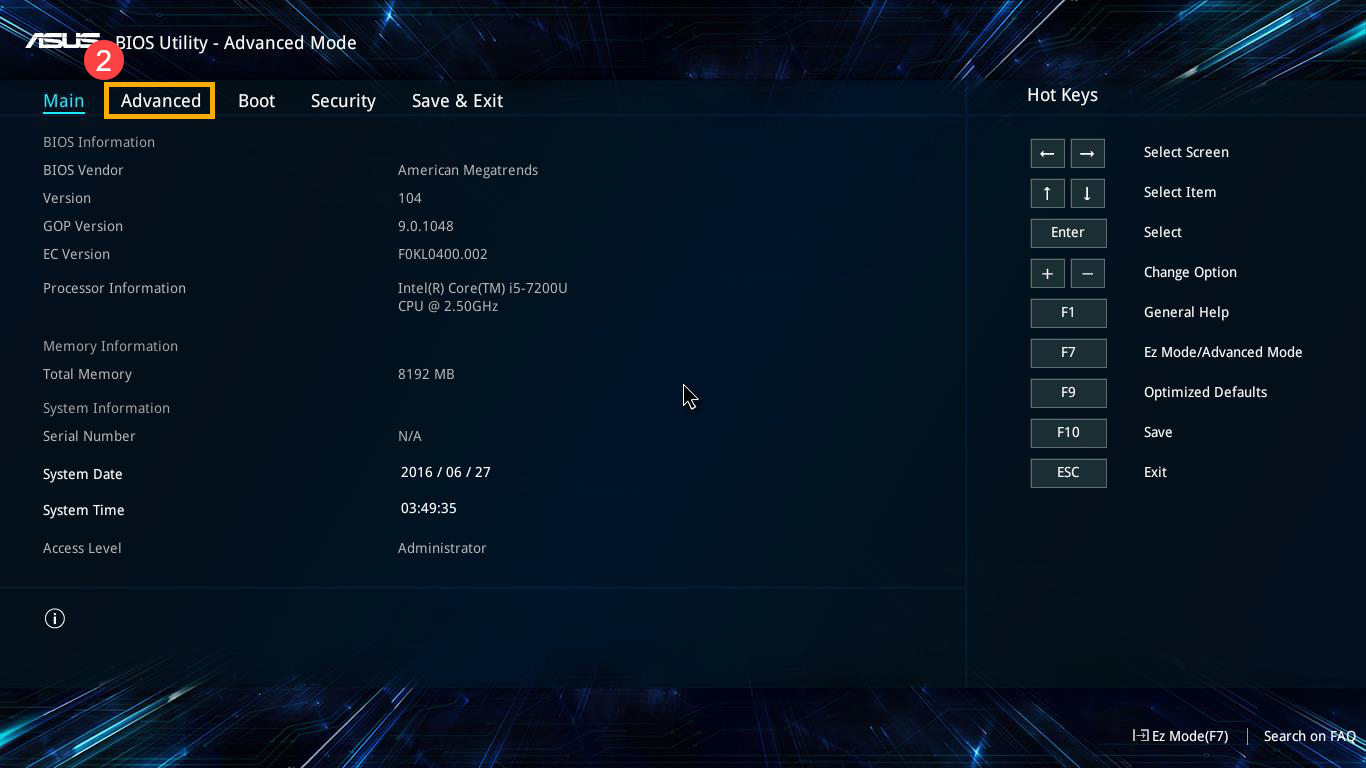
- Select [ASUS EZ Flash 3 Utility] item③.
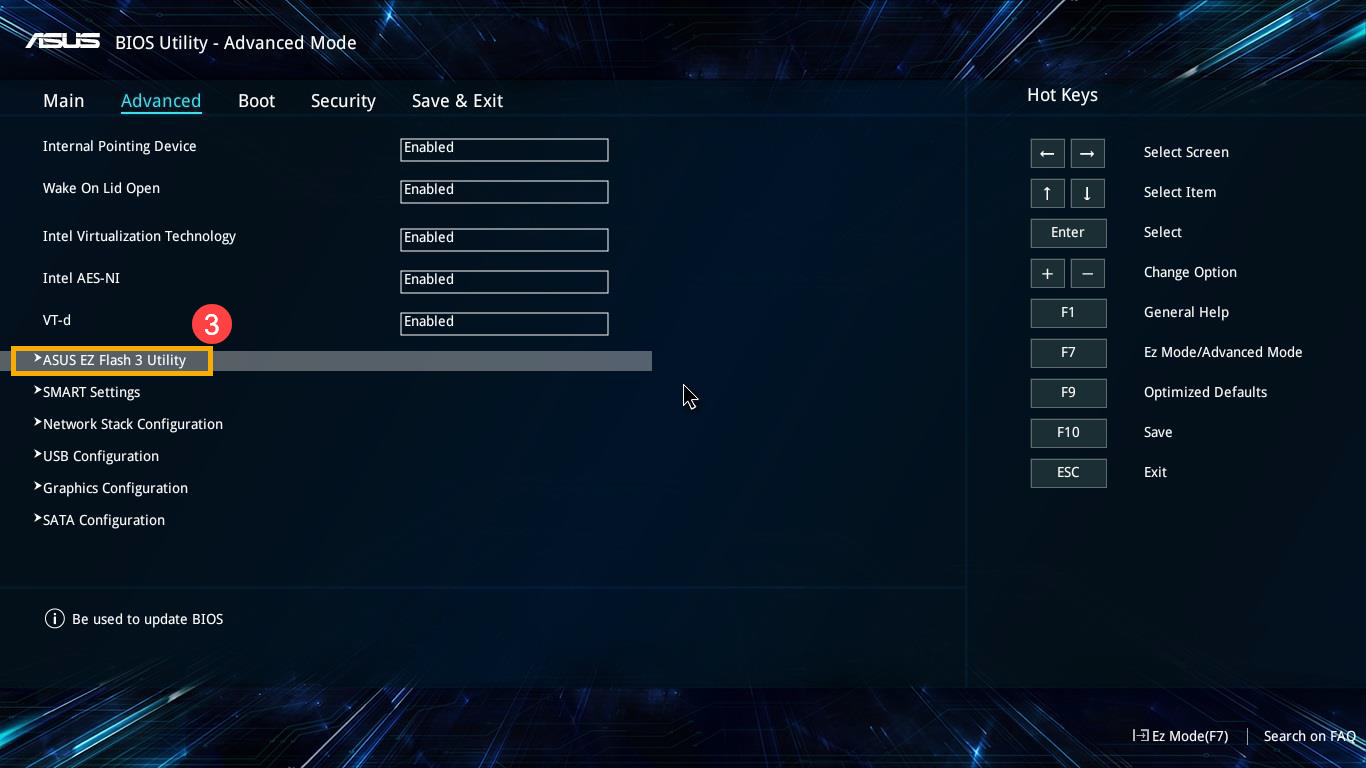
- In the Model field, you can locate your device model④; and in the Version field, find your device's BIOS version⑤.
In the example below, the model is B9450FA and the BIOS version is 205.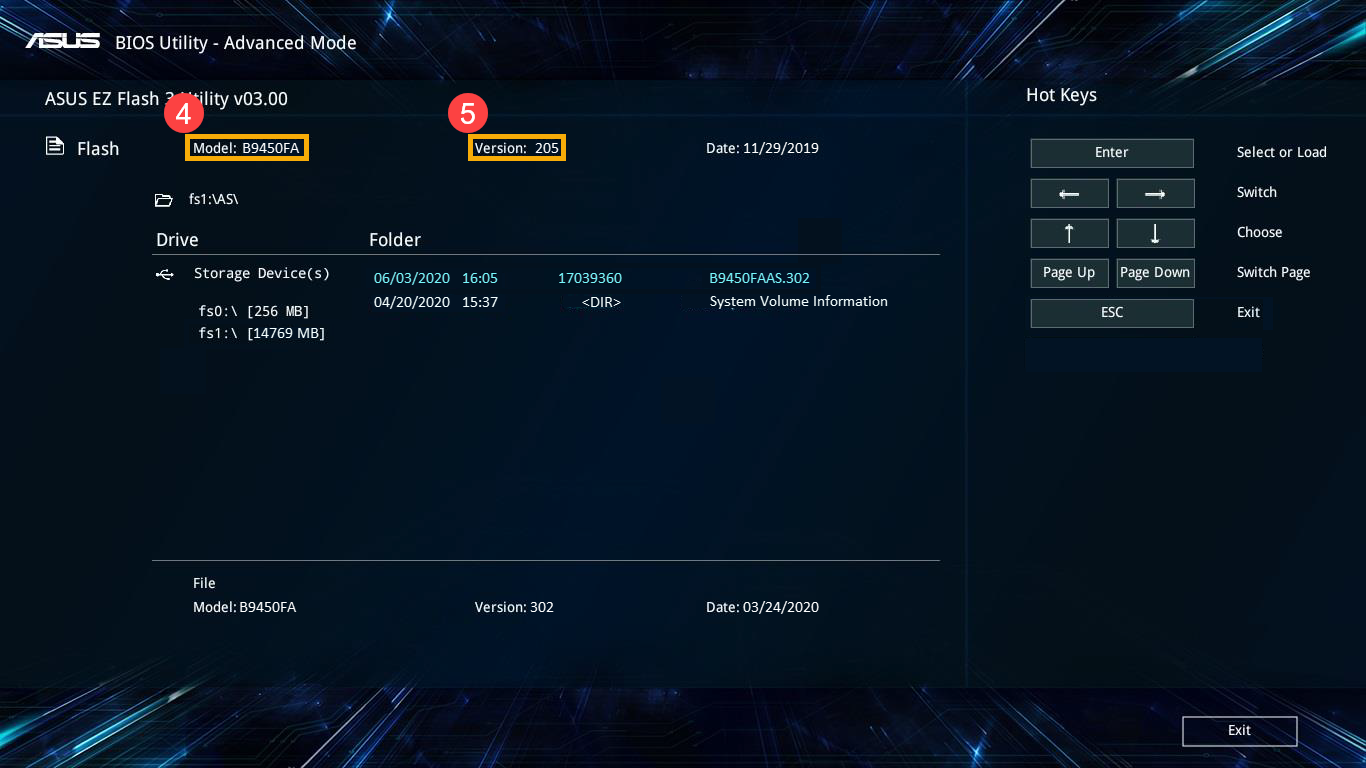
How to Query the Device Model and BIOS Version in the Legacy Interface
In Legacy mode, you can only select and choose item via Arrow Keys and Enter of keyboard.
- After entering the BIOS Utility, select [Advanced] screen①.
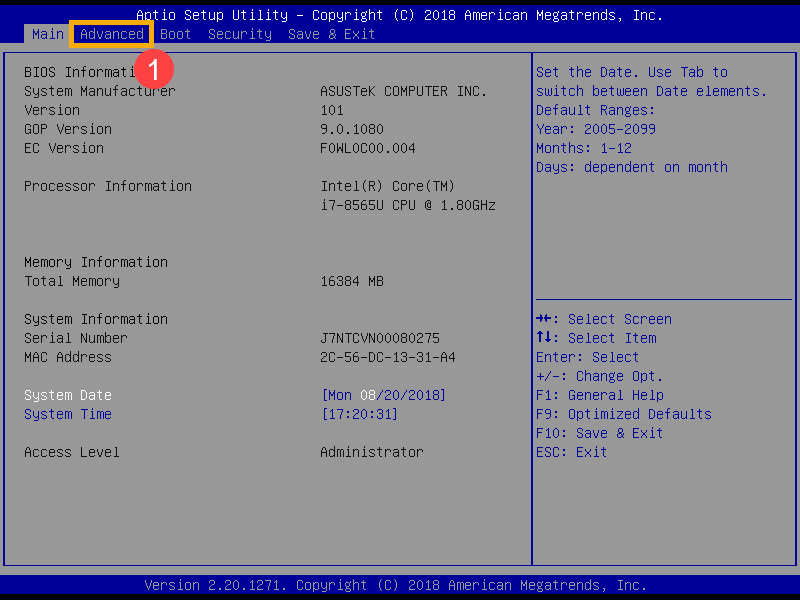
- Select [ASUS EZ Flash 3 Utility] item and press Enter②.
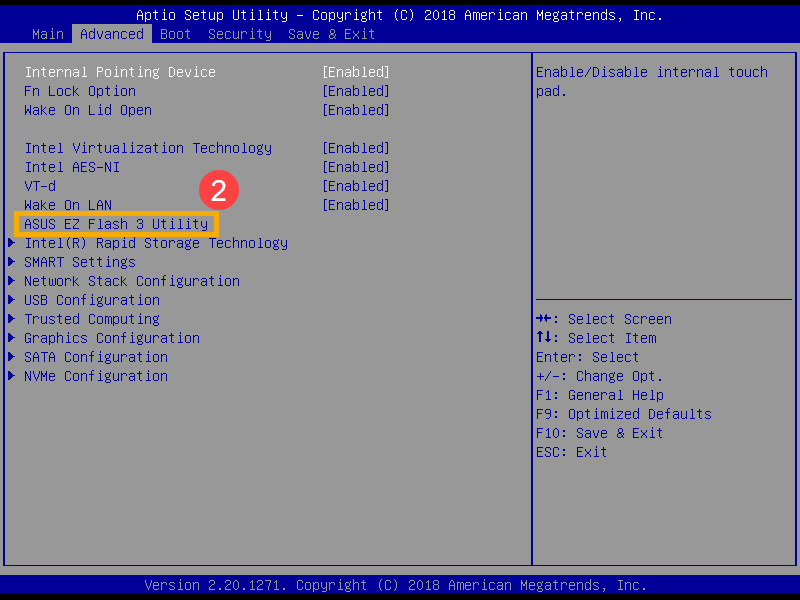
- In the Platform field, you can find your device model; and in the Version field, locate your device's BIOS version③.
In the example below, the model is B9440FA and the BIOS version is 101.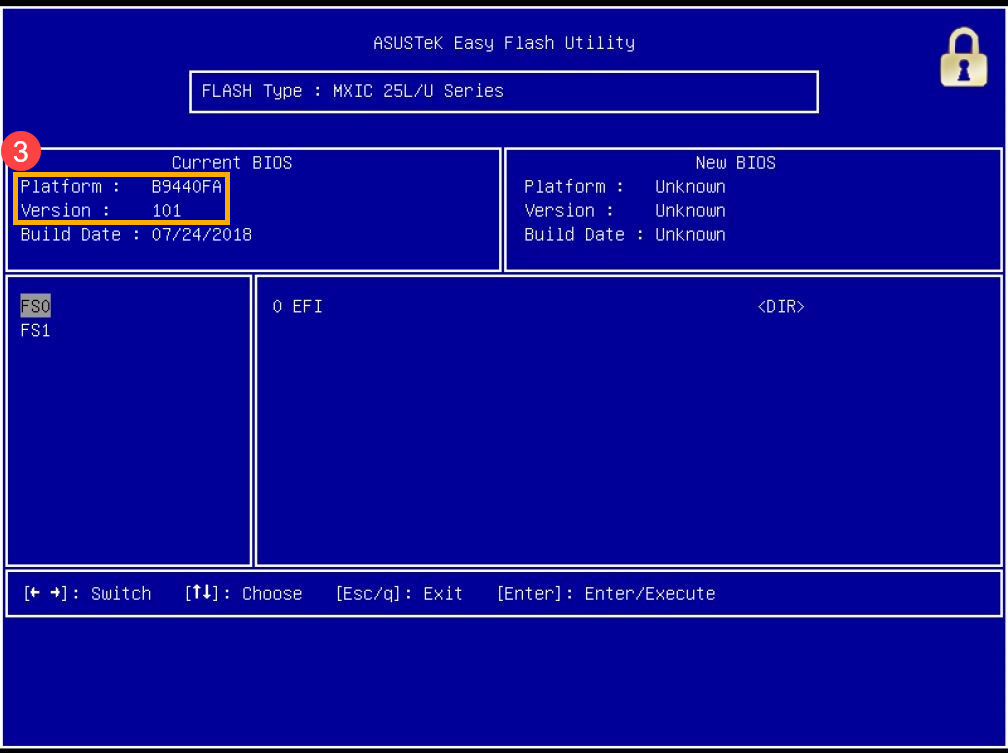
How to Query the Device Model and BIOS Version in the MyASUS in UEFI Interface
In the MyASUS in UEFI interface, you can navigate and confirm using the Arrow Keys and Enter key on the keyboard, Touchpad, or Mouse.
- Upon entering the BIOS setup screen, you can find your device model and BIOS version in the UEFI Version field①.
In the example below (version X1505ZA.201), it indicates the model is X1505ZA, and the BIOS version is 210.